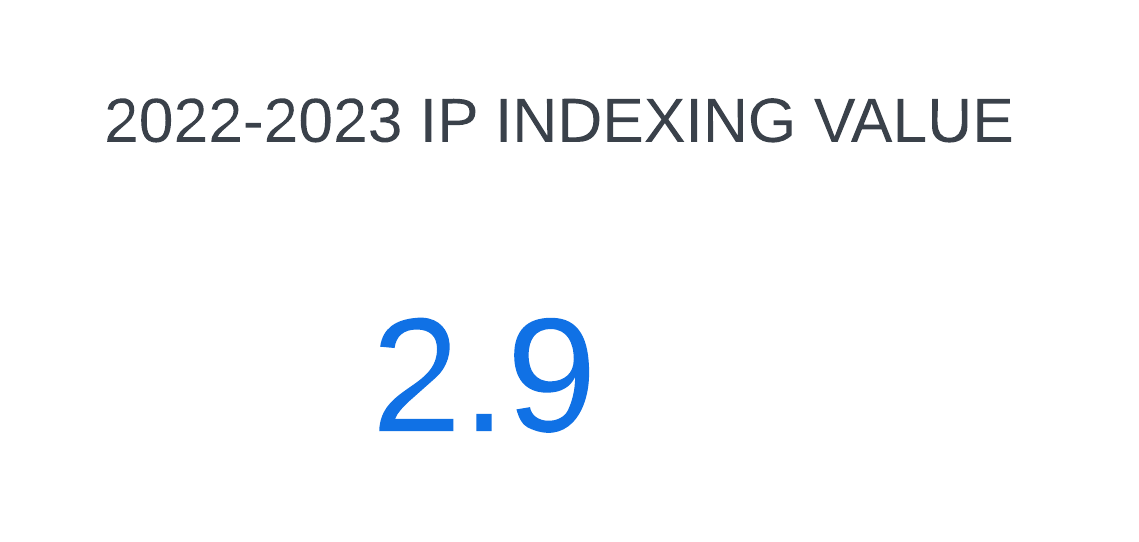Central Medical Centre Healthcare Data Security with Lightweight Blockchain Model in IoT Sensor Environment
DOI:
https://doi.org/10.69996/jsihs.2023002Keywords:
Data security, blockchain, sensor network, healthcare, attacksAbstract
Data security involves implementing measures to protect digital information from unauthorized access, disclosure, alteration, or destruction, ensuring the confidentiality, integrity, and availability of sensitive data. Hence, this paper addresses the critical imperative of ensuring robust data security within the healthcare domain. With the proliferation of digital technologies and interconnected systems, safeguarding patient information has become paramount. The study comprehensively reviews existing strategies for data security in healthcare, including encryption, access controls, and secure authentication mechanisms. It delves into the unique challenges faced by healthcare organizations, such as the interoperability of systems, compliance with regulatory frameworks and the increasing sophistication of cyber threats. The paper emphasizes the significance of fostering a culture of cybersecurity awareness among healthcare professionals and implementing proactive measures to mitigate vulnerabilities. Future directions in healthcare data security, including the integration of emerging technologies like blockchain and artificial intelligence, are also explored. By providing a holistic overview of data security challenges and solutions in healthcare, this paper contributes to the ongoing efforts to fortify the confidentiality, integrity, and availability of sensitive patient data in the digital age. The effectiveness of two medical treatments (Treatment A and Treatment B) is assessed based on the responses of 20 participants, revealing subtle yet notable variations in efficacy. Additionally, the security scores of Healthcare Systems A and B are evaluated, demonstrating a marginal superiority of System B. A detailed classification of cyber attacks, ranging from phishing and malware infections to insider threats and zero-day exploits, sheds light on the diverse nature of cybersecurity challenges. The findings underscore the importance of a multifaceted approach to medical data security, emphasizing the need for robust treatments, secure healthcare systems, and targeted defense strategies against evolving cyber threats. This paper contributes valuable insights to the ongoing discourse on bolstering cybersecurity measures in healthcare to safeguard patient information and fortify the integrity of healthcare systems in an increasingly digital landscape.
References
[1] A. O. Khadidos, S.Shitharth, A. O. Khadidos, K.Sangeetha and K.H. Alyoubi, “Healthcare data security using iot sensors based on random hashing mechanism,” Journal of Sensors, vol.2022, pp.1-17, 2022.
[2] A. Almalawi, A.I. Khan, F. Alsolami, Y.B. Abushark and A.S. Alfakeeh, “Managing security of healthcare data for a modern healthcare system,” Sensors, vol.23, no.7, pp.3612, 2023.
[3] A.A. Khan, S. Bourouis, M.M. Kamruzzaman, M. Hadjouni, Z.A. Shaikh et al., “Data security in healthcare industrial internet of things with blockchain,” IEEE Sensors Journal, 2023.
[4] F.J. Jaime, A. Muñoz, F. R. Gómez and A. J. Calero, “Strengthening privacy and data security in biomedical microelectromechanical systems by iot communication security and protection in smart healthcare,” Sensors, vol.23, no.21, pp.8944, 2023.
[5] V. Aivaliotis, K. Tsantikidou and N. Sklavos, “IoT-based multi-sensor healthcare architectures and a lightweight-based privacy scheme,” Sensors, vol.22, no.11, pp.4269, 2022.
[6] B. Ahamed, S. Sellamuthu, P.N. Karri, I.V. Srinivas, A.M. Zabeeulla et al., “Design of an energyefficient iot device-assisted wearable sensor platform for healthcare data management,” Measurement: Sensors, vol.30, pp.100928, 2023.
[7] A. Attaallah, H. Alsuhabi, S. Shukla, R. Kumar, B.K. Gupta et al., “Analyzing the big data security through a unified decision-making approach,” Intelligent Automation & Soft Computing, vol.32, no.2, 2022.
[8] K. Wang, S. Xie and J. Rodrigues, “Medical data security of wearable tele-rehabilitation under internet of things,” Internet of Things and Cyber-Physical Systems, vol.2, pp.1-11, 2022.
[9] P. Sarosh, S.A. Parah, B. A. Malik, M. Hijji and K. Muhammad, “Real-time medical data security solution for smart healthcare,” IEEE Transactions on Industrial Informatics, vol.19, no.7, pp. 8137 –8147, 2022.
[10] K. Kasat, D.L. Rani, B. Khan, M.K. Kirubakaran and P. Malathi, “A novel security framework for healthcare data through IOT sensors,” Measurement: Sensors, vol.24, pp.100535, 2022.
[11] F.K. Nishi, M. S.E. Mofiz, M.M. Khan, A. Alsufyani, S. Bourouis et al., “Electronic healthcare data record security using blockchain and smart contract,” Journal of Sensors, vol.2022, pp.1-22, 2022.
[12] N.T. Rao, D. Bhattacharyya and E. S. N. Joshua, “An extensive discussion on utilization of data security and big data models for resolving healthcare problems,” In Multi-chaos, fractal and multifractional artificial intelligence of different complex systems, pp. 311-324, 2022.
[13] E.S. Ho, “Data security challenges in deep neural network for healthcare IoT systems,” Security and Privacy Preserving for IoT and 5G Networks: Techniques, Challenges, and New Directions, pp.19-37, 2022.
[14] A.N. Bahache, N. Chikouche and F. Mezrag, “Authentication schemes for healthcare applications using wireless medical sensor networks: a survey,” SN Computer Science, vol.3, no.5, pp.382, 2022.
[15] J. A. I. S. Masood, M. Jeyaselvi, N. Senthamarai, S. Koteswari, M. Sathya et al., “Privacy preservation in wireless sensor network using energy efficient multipath routing for healthcare data,” Measurement: Sensors, vol.29, pp.100867, 2023.
[16] S. Bommareddy, J.A. Khan and R. Anand, “A review on healthcare data privacy and security,” Networking Technologies in Smart Healthcare, pp.165-187, 2022.
[17] S. Jain and R. Doriya, “Security framework to healthcare robots for secure sharing of healthcare data from cloud,” International Journal of Information Technology, vol.14, no.5, pp.2429-2439, 2022.
[18] A. Kumar, A.K. Singh, I. Ahmad, P. Kumar Singh, Anushree et al., “A novel decentralized blockchain architecture for the preservation of privacy and data security against cyberattacks in healthcare,” Sensors, vol.22, no.15, pp.5921, 2022.
Downloads
Published
Issue
Section
License
Copyright (c) 2024 Journal of Sensors, IoT & Health Sciences (JSIHS,ISSN: 2584-2560)

This work is licensed under a Creative Commons Attribution-NonCommercial 4.0 International License.
Fringe Global Scientific Press publishes all the papers under a Creative Commons Attribution-Non-Commercial 4.0 International (CC BY-NC 4.0) (https://creativecommons.org/licenses/by-nc/4.0/) license. Authors have the liberty to replicate and distribute their work. Authors have the ability to use either the whole or a portion of their piece in compilations or other publications that include their own work. Please see the licensing terms for more information on reusing the work.


